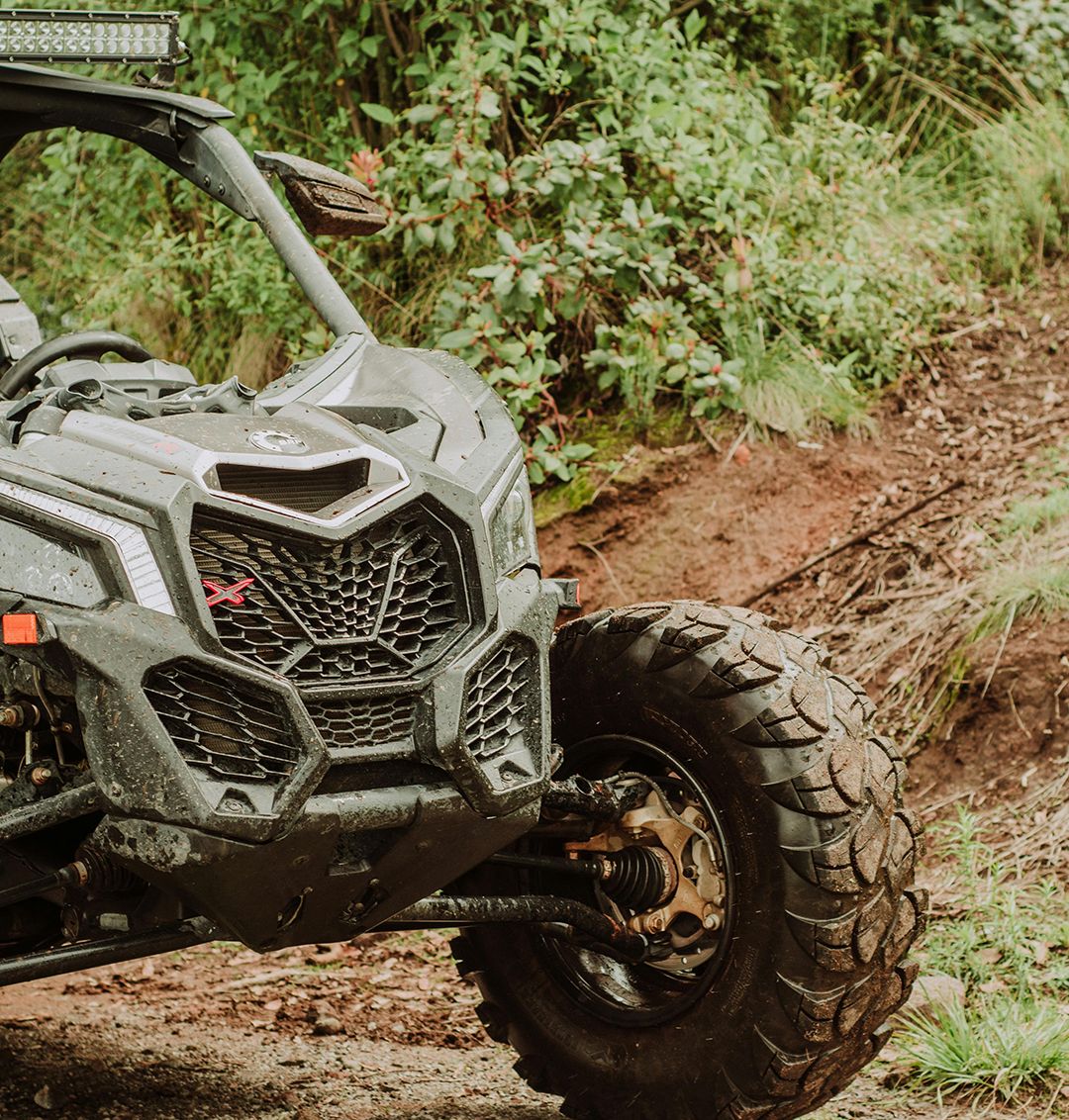Making a tight U-turn on a UTV can be tricky. It’s essential to have the confidence to maneuver safely on the trails, especially when turning around in confined areas. Mastering this maneuver can improve your safety, elevate your enjoyment, and empower you with greater riding skills and control.

Understanding UTV Tight Turns: Key Foundations
When it comes to UTV riding, the ability to whip around smoothly in a tight space can mean the difference between a confident trail excursion and a nerve-wracking experience. Tight U-turns are crucial when trails get narrower or when you suddenly need to reverse course. By understanding the foundational principles behind these maneuvers, you’ll not only protect your UTV’s components but also ensure your own safety and the safety of those around you. For more insights into UTV tight turns riding techniques, exploring training resources can help you refine your skills and build unwavering confidence.
- Limited Turning Radius in Confined Trails: Many UTVs are engineered with a robust suspension and wide stance for stability, but this can reduce the turning radius, making tight U-turns a challenge in cramped areas.
- Challenges with Traction and Stability: Loose or uneven terrain can cause your tires to slip, making it difficult to maintain control. Proper weight distribution and throttle control are vital to counteract this issue.
- Potential for Miscues and Collisions: When the trail is narrow or visibility is poor, miscalculations in steering or speed can lead to collisions with obstacles or other riders. Knowing how to properly align and position your UTV before initiating a U-turn goes a long way in preventing accidents.
Key Techniques for Mastering Tight U-Turns
If you’re aiming to master tight U-turns, you need a strong grasp of core driving principles such as effective steering, throttle control, and body positioning. Before diving into advanced moves, always ensure you have the right protective gear in place. Explore UTV tight turns safety equipment to equip yourself properly and maintain a safe setup.
- Positioning Your UTV for the Turn – Align your UTV as close to the inside of the turn as possible. This helps maximize the space you have to complete a U-turn, reducing the likelihood of running off the trail.
- Using Throttle Control Wisely – Smooth acceleration and deceleration are key. Too much throttle can cause your rear tires to slip, while too little may make the UTV stall or lose momentum mid-turn.
- Leveraging Steering and Body Position – In tight maneuvers, slight body shifts can improve balance and traction. Lean into the turn, keeping a firm grip on the steering wheel. Subtle shifts in weight can help your tires grip the ground more effectively.
- Maintaining Awareness and Balance – Keep your eyes on the turn’s exit point and watch for obstacles. Stay mindful of any shifting terrain under your tires. Small corrections in steering can help you hold your line and avoid unexpected bumps or rocks.
Putting it into Practice: Steps for Tight U-Turns
Practice is pivotal for building muscle memory and boosting confidence. Make time to train in a safe environment, whether that’s a spacious parking lot or an empty section of trail. If you’re looking for more step-by-step advice, check out UTV tight turns riding tips for detailed guides and blog articles.
- Find a Safe Practice Area – Choose a spot with enough room to experiment, free from major obstacles or heavy traffic. This allows you to focus on your technique without the pressure of oncoming riders.
- Gradually Increase Difficulty – Start with gentle, sweeping turns and work your way up to sharper U-turns. Introduce small barriers or cones to simulate confined trail conditions.
- Analyze and Adjust – After each practice run, evaluate what went right and where you can improve. Adjust your starting angle, steering input, and throttle control to perfect your approach.
Best Practices for UTV Tight Turns
- Inspect Your UTV Regularly: Ensure your tires, suspension, and steering components are in good condition. Worn or damaged parts can drastically affect handling.
- Maintain Optimal Tire Pressure: Proper tire pressure is crucial for traction. Overinflated tires may slip; underinflated tires can reduce maneuverability.
- Wear Appropriate Safety Gear: Protect yourself with helmets, gloves, and suitable clothing. Good gear boosts confidence and allows you to push your technique safely.
- Anticipate Terrain Changes: Scan the trail ahead for dips, rocks, or slippery patches that could affect your turn. Adjust speed and steering input accordingly.
Seeking Further Improvement and Expert Guidance
If you find that tight U-turns or other specialized techniques still challenge you, it might be time to seek UTV tight turns expert instruction for professional guidance. Certified instructors can identify subtle mistakes, tailor training to your specific needs, and fast-track your skill development.
Keep in mind that consistent practice is what ultimately cements these techniques. As you spend more time on the trails applying what you’ve learned, your proficiency will grow—along with the fun you have out there.
Main Points to Remember
Mastering tight U-turns not only makes you a safer and more proficient rider, but it also opens up new trail possibilities and boosts your confidence. Remember to:
- Position your UTV strategically for the turn.
- Use smooth throttle control to maintain traction.
- Adjust your body position for better balance and control.
- Practice regularly in a safe space to develop your skills.
With the right approach and a commitment to learning, tight U-turns can become second nature—enabling you to tackle any trail scenario that comes your way.
